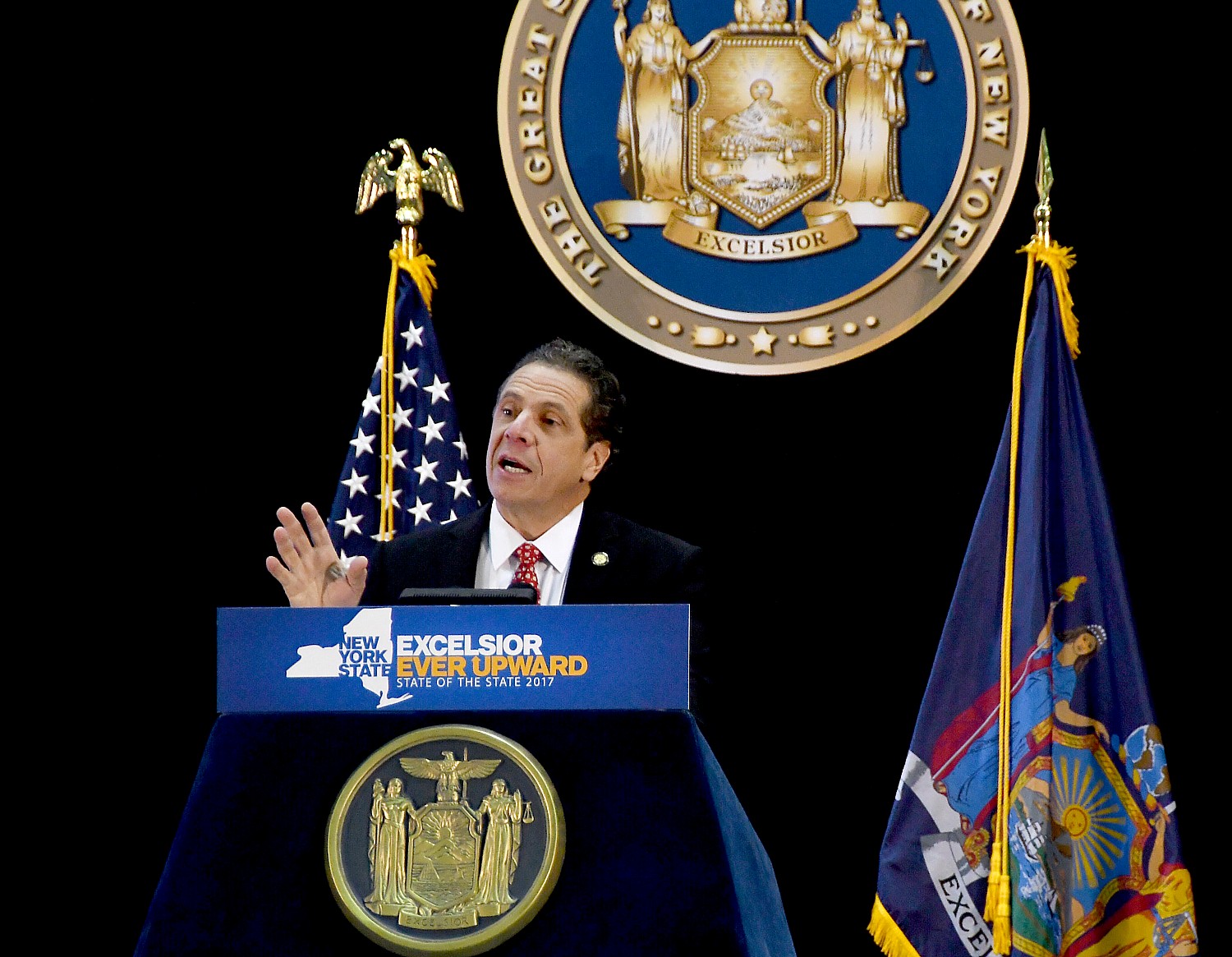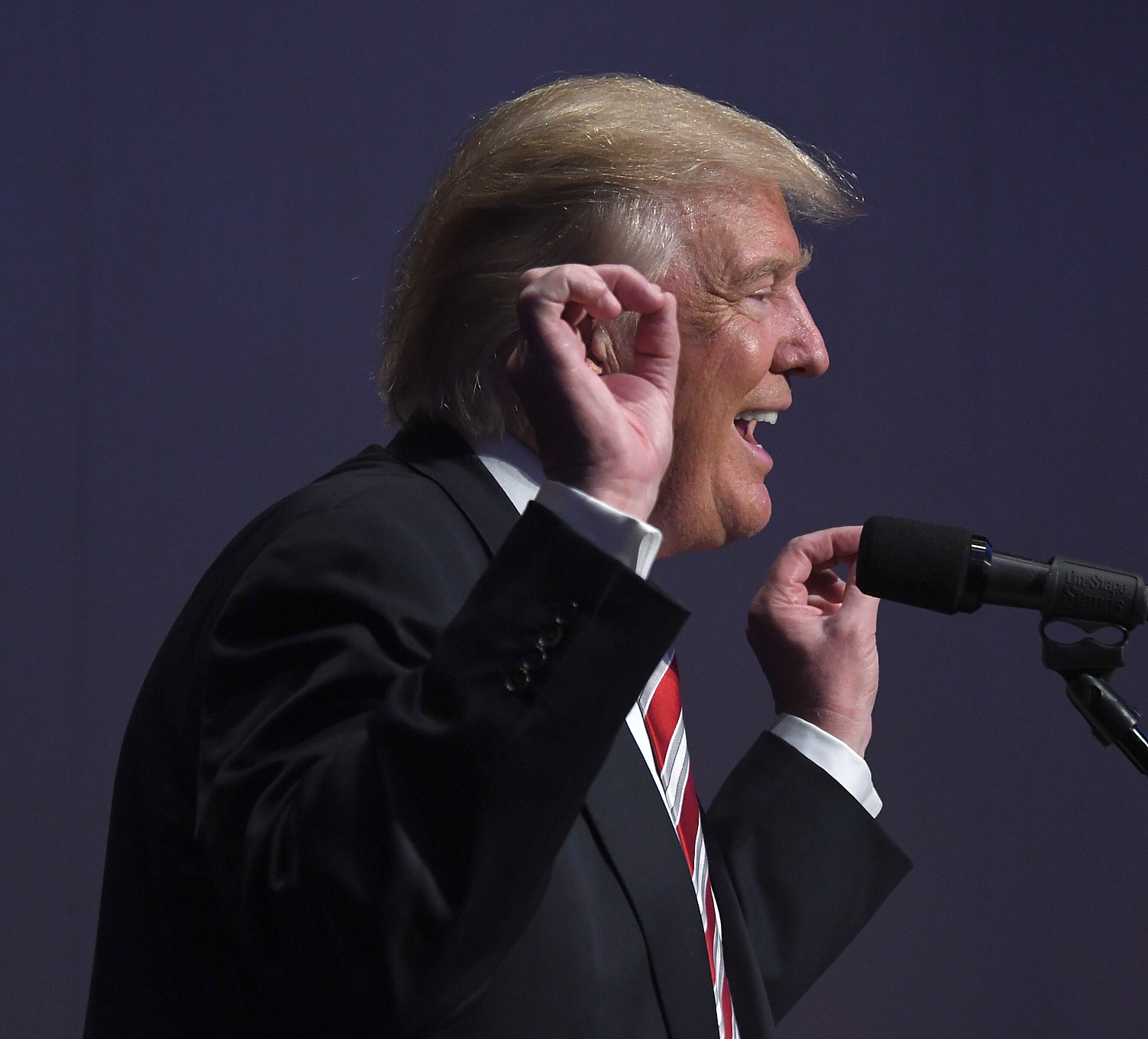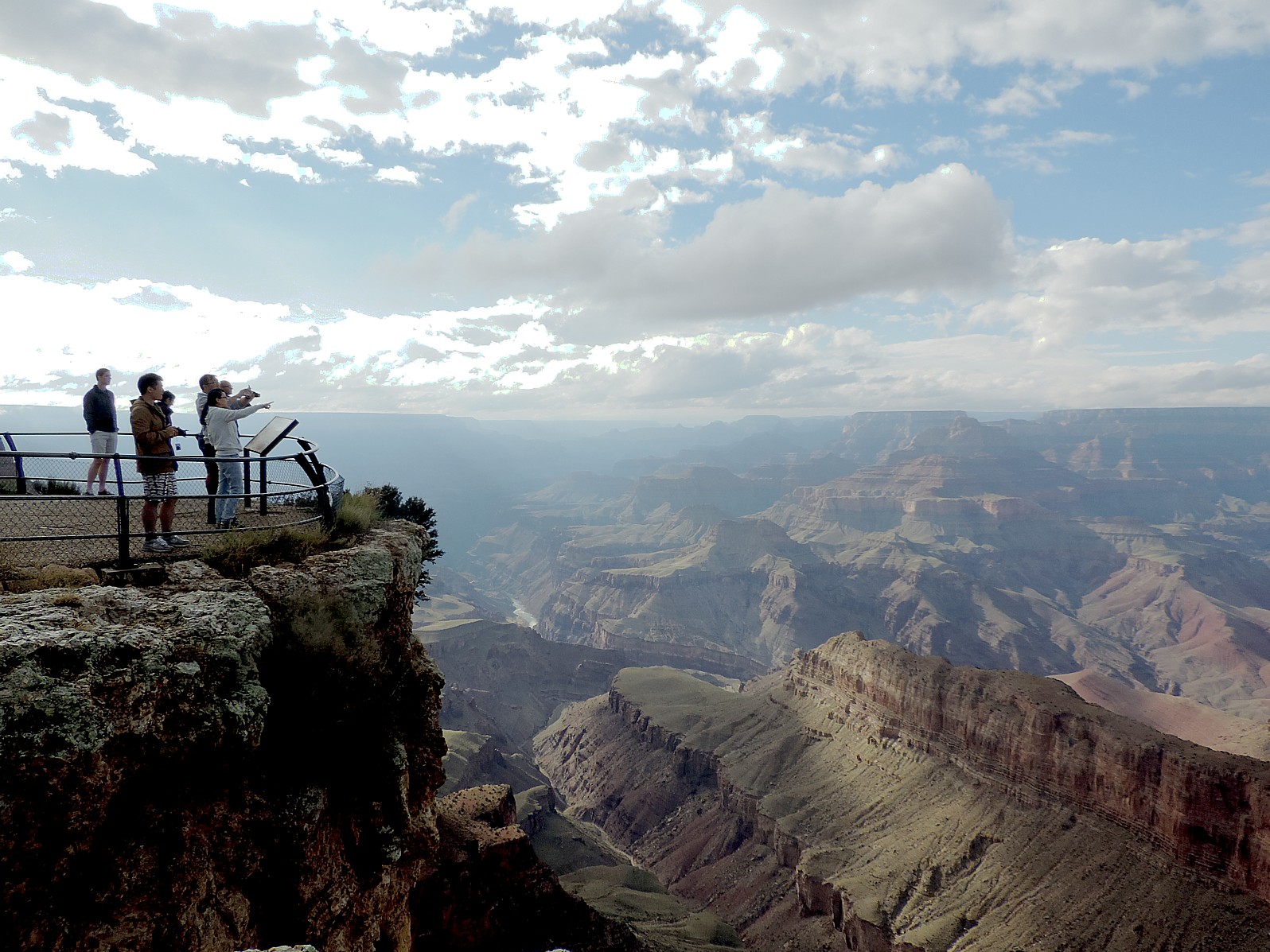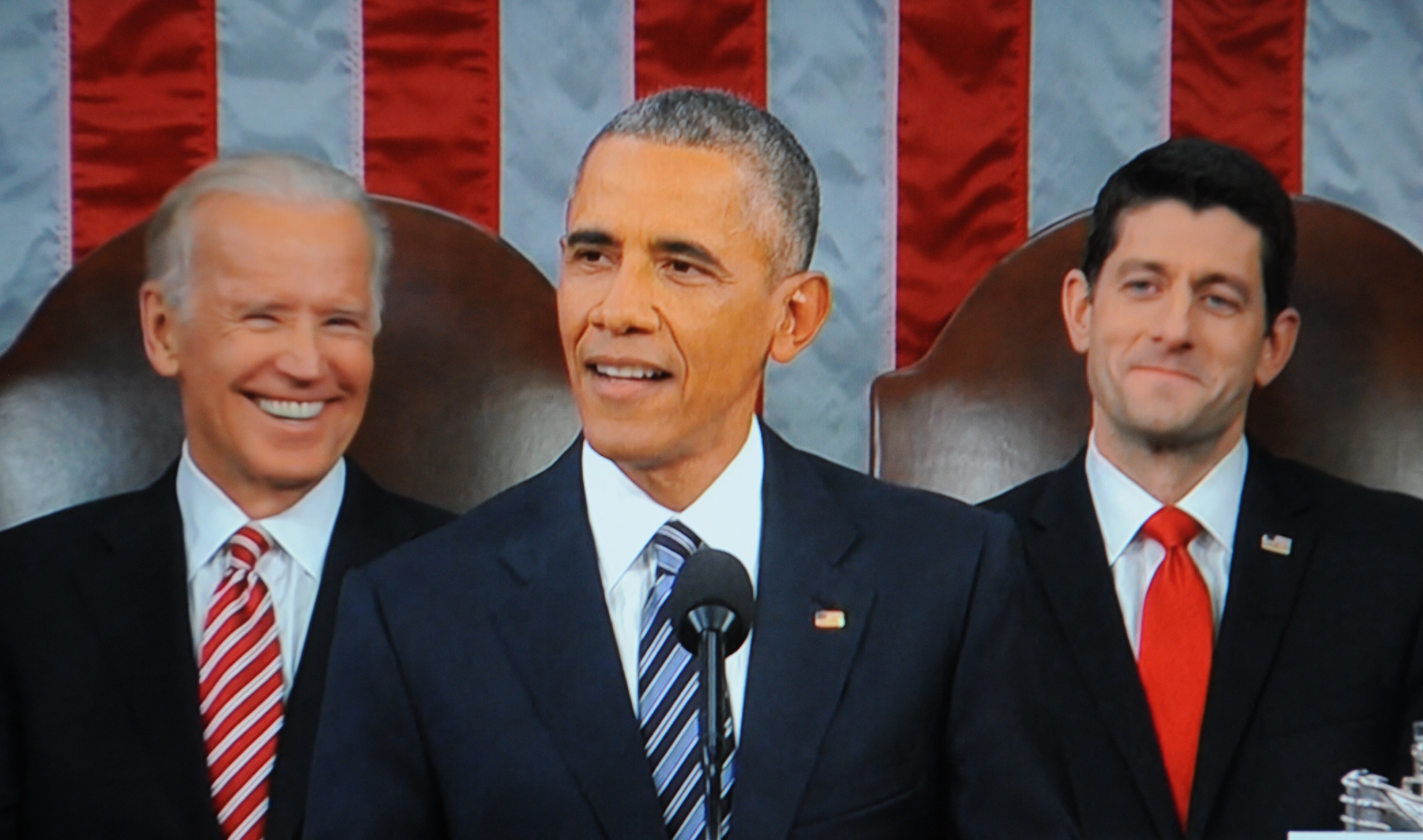
Except for the cuts to the State Department which has some Republicans howling, the rest of Trump’s “America First” anti-American budget are the things the Conservatives have been fantasizing about but never had the guts to do because of the ramifications. Now they have someone who is putting himself out there who doesn’t bother considering the impacts on ordinary people.
This is as much Ryan’s budget as Trump’s, which likely will also enact massive tax cuts, paid for by slashing benefits to Medicare, Medicaid and Social Security, further exacerbating the inequality in wealth, political power and justice in this country that strains the limits to what this Democracy can sustain.
“This is our moment,” Vice President Mike Pence gleefully told the Club for Growth at the posh Breakers Hotel, Palm Beach.
Here are highlights from his speech–Karen Rubin, News & Photo Features
For the first time in a decade, thanks to your hard work, we have a pro-growth House, we have a pro-growth Senate, and we have a pro-growth President of the United States of America. (Applause.) And President Donald Trump I believe has laid out an agenda that is renewing the American spirit in ways that we haven’t seen since the days of Ronald Reagan.
This is our moment. This is the time. And my friends, this is our chance to prove that our answers are still the right answers for America. (Applause.)
More freedom. Lower taxes. Less regulation and smaller government. History will attest that when America builds on this foundation, we reach heights that once seemed unreachable.
And that is the foundation of this administration. President Trump’s vision is to unleash growth in America like never before, and the good news is: It’s already happening.
On Day One, President Trump went straight to work rolling back the reams of red tape. He instructed every bureaucracy in Washington, D.C. to find two regulations to get rid of before imposing any new red tape on the American people and on American free enterprise. (Applause.)
He’s already taken action to put the Keystone and Dakota pipelines on the path to approval, creating tens of thousands of American jobs and protecting our American energy future. (Applause.)
And just this past Monday, President Trump set into motion a plan to reorganize the executive branch — and that includes identifying and eliminating federal agencies that, frankly, we just plain don’t need anymore.
It’s leadership like that — you can applaud that if you like. (Applause.) It’s leadership like this that’s getting government out of the way of the American people and of American job creators.
Businesses are already reacting to President Trump’s vision and his renewed optimism and investment. And they’re investing in America in ways that are lifting and creating jobs.
Last month alone the economy added 235,000 jobs. Construction and manufacturing are booming once again. Business leaders and American consumers haven’t been this confident in years — and by some measures, in more than a decade.
Folks, the era of slow growth is over; a new era of American growth has begun. (Applause.)
You know and I know that economic growth begins with fiscal responsibility. I see my friend Senator Pat Toomey over there. We fought together in the House, shoulder to shoulder for fiscal restraint. And I know how enthusiastic he and the other great conservatives like Senator Mike Lee and others in the room are that just two days ago, President Donald Trump released the most conservative budget since Ronald Reagan sat in the Oval Office. (Applause.)
Our vision is simple. We want a government that will keep Americans safe and that leaves us free to do what the American people do best. That’s why our budget first and foremost gives our soldiers, sailors, airmen, Marines, and Coast Guard the resources they need to complete their mission, protect our families, and come home safe to theirs. We’re rebuilding the American military under this Trump budget. (Applause.)
But also at the President’s direction, our budget offsets $54 billion in military spending with government spending cuts –a 31 percent cut at the E.P.A. (Applause.) Double-digit reductions in no fewer than 10 federal departments. (Applause.)
And, folks, The Washington Post actually ran a headline this week saying, they quote, “historic contraction of the federal workforce.” (Laughter.) They meant it as a warning, we took it as a compliment. (Applause.)
We’re going to end the waste, the fraud, the abuse in D.C and make sure that the American taxpayer gets the best bang for their buck. I got to tell you this businessman who has become President of the United States believes in sharpened pencils. And he’s been sharpening his pencils ever since the morning after Election Day.
But beyond the budget, we’re going to keep slashing all the job-killing regulations and rein in unelected bureaucrats in Washington, D.C. I want to commend the members of Congress for sending those congressional review act bills. We’re going to keep rolling back regulation every chance we get so that this economy can’t be crippled by bureaucrats in Washington, D.C. sitting behind the comfort of their metal desks. (Applause.)
We’ve heard from businesses large and small, all across America that red tape is strangling their ability to create jobs, and to grow and thrive. That’s why we’re working to get government off their back.
We’re going to keep working with the Congress to repeal the last-minute mandates rushed through by the last administration. And, frankly, we’re taking a hard look at every regulation on the books — including, as President Trump said on Wednesday, the CAFE rule that is holding back the American automotive industry will now no longer stand in the way of economic prosperity and growth. (Applause.)
We’re making sure federal agencies fast-track projects and permits and don’t slow-walk them. And we’re going to roll back Dodd-Frank so that American businesses have access to the best financial system in the world. (Applause.)
And with this Cabinet — and how about this Cabinet? (Applause.) With this Cabinet, President Trump has picked men and women who know that bureaucrats don’t create jobs, businesses do.
The bottom line is that our agenda of more freedom and less regulation is going to usher in growth and opportunity and prosperity in this country like never before. And it’s the vision that the Club for Growth has been about advancing since the very beginning of this organization.
If you still have any doubt, there’s also something else I want you to know. We’re going to have the biggest tax reform and reduction in a generation in America before this year is out. (Applause.)
Under President Trump’s leadership, we’re going to cut taxes across the board for working families, small businesses, and family farms. It’s going to be pro-growth, pro-savings, and pro-hardworking Americans keeping more of their hard-earned dollar.
We’re going to simplify the tax code working with members of the House and Senate who are gathered here, and we’re going to have lower rates across the board.
We’re going to make American businesses competitive again by slashing one of the highest corporate rates in the developed world and letting American companies bring the money back from overseas so they can invest in American and create American jobs with a lower business rate. (Applause.)
And not only that, and I promise to you working with members of Congress, we’re going to repeal hundreds of billions of dollars in taxes when we repeal and replace Obamacare. (Applause.)
My friends, the Obamacare nightmare is about to end. Now, I don’t have to remind people here at the Club for Growth why this failed law has to go. You all have seen the headlines, and you know the facts. You’ve lived them in many places all over the country — skyrocketing premiums, unaffordable deductibles, mandates, higher taxes. The truth is the American people can’t afford Obamacare, and it’s time we no longer ask them to put up with it. (Applause.)
In his joint address to Congress two weeks ago, the President outlined his plan to repeal and replace Obamacare once and for all. And we’re working with members of Congress to advance that plan.
Make no mistake about it: Our plan is pro-growth and pro-freedom. It ends Obamacare’s individual and employer mandates by eliminating their penalties by the time the whole plan is unfurled. It repeals the taxes I just mentioned right out of the gate. It expands health savings accounts. It enacts the biggest reform in Medicaid since the creation of that program in 1965.
These are the kind of solutions that conservatives like us have been talking about for years. And they’re now within our reach. And let me be blunt: We need your help to get this plan passed. The House is set to vote next week on the beginning of this process. It’s called the American Health Care Act, and it is a crucial step towards fulfilling our promise to repeal and replace Obamacare with something that actually works.
Now I know that there have been concerns expressed with the bill as it currently stands. And just know that the President and I are and our entire administration are listening. We’re working with members of Congress to improve the bill and to make this bill even better than it already is..
And we’re working with every single [Republican] member of Congress — the Republican Study Committee, the Freedom Caucus, the Senate Steering Committee, and all the lawmakers here tonight, just to name a few. Thanks to their input, we’ve actually added a number of great amendments just in the last 24 hours.
Beginning with, we’re going to stop more states from expanding Medicaid by ceasing the expansion for states that did not expand Medicaid under Obamacare immediately. (Applause.)
Because of the voices of conservatives in Congress, we’re going to be amending the Ho bill to give states the option for a Medicaid in a block grant in its entirety so states can reform Medicaid in the way that they see fit. (Applause.)
And thanks to the leadership and the collaboration of many of the great conservatives in this room, we’re going to have an amendment to allow states to include a work requirement for able-bodied adults on Medicaid so we can ensure the program is there for people who actually need it. [So if you’ve lost your job, were laid off, your company goes bankrupt, you are doomed.] (Applause.)
Folks, I meant it when I said we’re listening. And the President is going to continue to engage members of Congress in ways that we can improve this legislation. We had a meeting just yesterday in the Oval Office, and I was pleased that the leadership of the Republican Study Committee endorsed the bill that’s moving through the House, and we’re grateful for their support.
And while we’re having a vigorous debate, the good news is that Republicans are in complete agreement, and we have complete consensus that Obamacare must go. (Applause.)
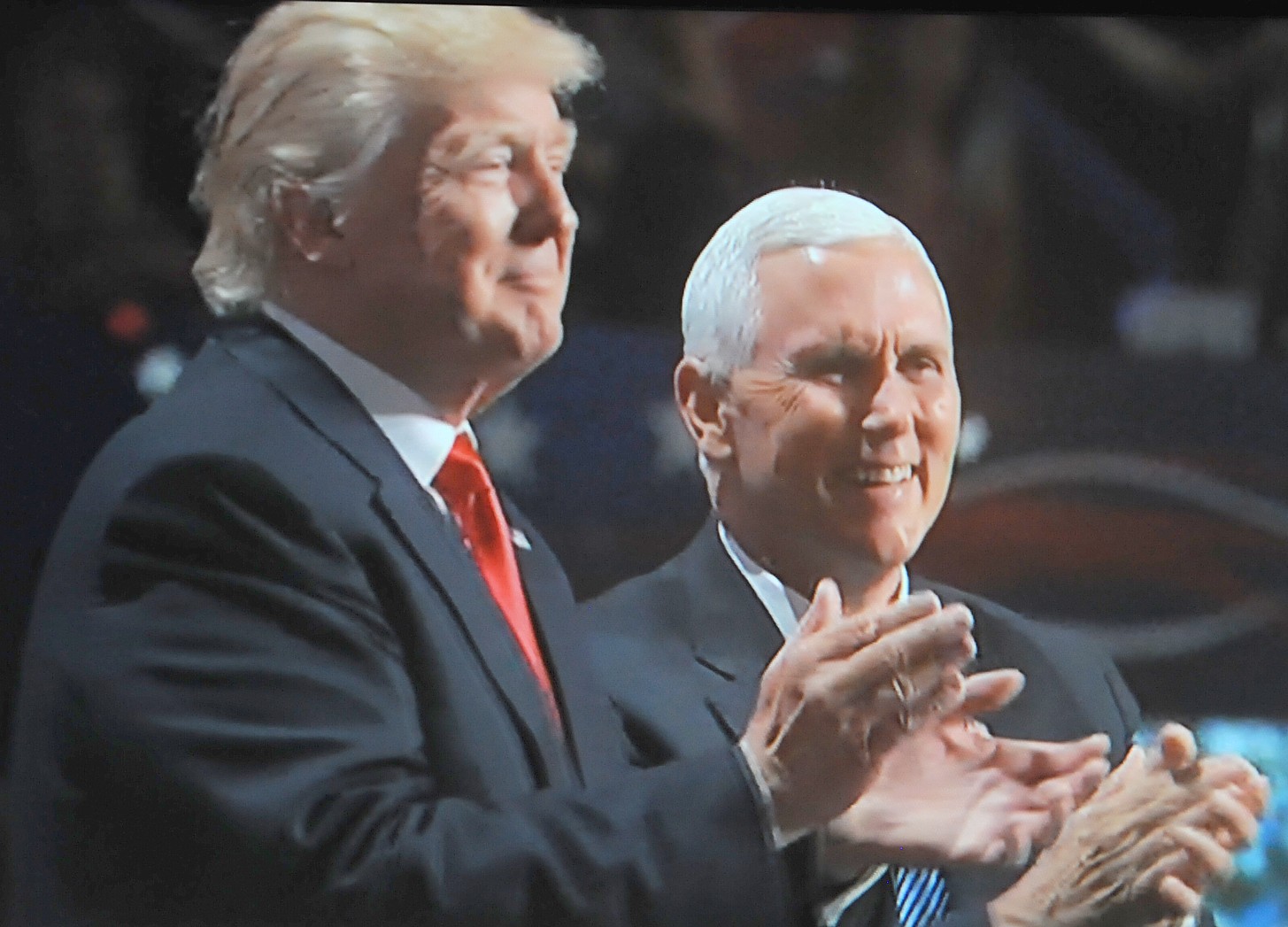
We’ll continue to advance the President’s agenda, and how we work that out is going to be the result of the legislative process and administrative action. But President Trump’s vision is very simple: a national health-care marketplace and state-based Medicaid reform; allowing the American people to purchase health insurance across state lines the way you buy life insurance, the way you buy car insurance, and allowing states the freedom and flexibility to redesign Medicaid around the unique needs of their own people is a pathway toward a more prosperous future and better healthcare for the American people. (Applause.)
And it’s important to remember that our healthcare plan doesn’t begin and end with the bill that’s moving through the Congress today. I wanted to make it clear to all of you this is only one part of the President’s three-part strategy. The other two tracks are just as important in restoring free-market principles to American health care.
At this very moment, our administration is evaluating every possible administrative action to get government out of the way and allow for state-based innovation and reform.
The name of the game is to seize the opportunity to change the regulations, and we’ve got a great team with Dr. Tom Price and Seema Verma heading up HHS and the Center for Medicaid & Medicare Services to do it.
Just this past week, they both sent a letter to every single one of America’s governors saying, “a new era for federal and state Medicaid partnership” has begun — and so it has. (Applause.)
Under Dr. Tom Price’s leadership with Seema Verma at his side running Medicaid, we’re going to give our states the freedom and flexibility they need with Medicaid to implement the kind of reforms that will do the most good for the most vulnerable — state-based solutions, not one-size-fits-all federal solutions. And remember that truthfully it is about improving Medicaide[sic]….
And we’re going to continue to partner with the Congress to pass other important healthcare reforms, including we’re going to pass medical malpractice reform at last. (Applause.) We’re going to allow businesses around America to participate in association health plans, and as I mentioned before, we’re going to give Americans the freedom to buy health insurance across state lines — an idea whose time has come.
Not before too long I expect we’re going to see that little lizard and Flo on television selling health insurance just the way they sell car insurance and sell life insurance. (Laughter and applause.)
Our three-part strategy, once enacted, we truly believe will create a dynamic national health-insurance marketplace, which is the key to making affordable, high-quality coverage accessible for every American.
Now we can’t lose sight of what’s at stake in the coming weeks. This is a momentous time. We literally have an opportunity to begin to accomplish what everyone in this room has fought so hard to achieve for so long. And President Trump and I look forward to continuing to work with all of you — the men and women in public life who are here, and those of you who are patrons and supporters that are present.
And know this: When we repeal and replace Obamacare, we will also make room for even more tax relief for working families, small businesses, and family farms when we take up tax reform this spring. (Applause.)
But health care isn’t the only place where we need your partnership. The same goes for the rest of our pro-growth, pro-freedom agenda.
Quite frankly, we’re counting on you. And we know you’ll be there. You’ve already demonstrated — many of you for many years here at Club for Growth — your dedication to the principles that we all share.
I look around this room and I see true patriots — men and women who love this country and have been willing to devote your time and your talent and your treasure to the country’s future without any regard to whether you’d ever be acknowledged or ever get credit for it. Those great candidates that you’ve supported over the years, and that now people the hallways of the House and the Senate serving the American people. The debt this country owes to the men and women in this organization and throughout the conservative movement can only be repaid by keeping faith with the ideals and the principles that you have sought to advance….
The reason that we’re here with a pro-growth President and a pro-growth Congress on the cusp of repealing the failed policies of Obamacare is because, on the cusp of transformational tax reform, on the cusp of a whole range of reforms that will enliven this country’s economy and open doors of opportunities for millions of Americans is that year after year, all of you in this room and conservatives around America never gave up. And I’m just here to say thanks, and to tell you to press on.
My friends, this is our moment. Now is the time. This is our rendezvous with destiny. And I know we’ll meet the challenge. It will come together. We’ll give all of our energy, our enthusiasm, our courage, and our conviction, our passion, and our prayers. And in that, I’m confident — I’m confident we’ll make the most of the opportunity before us. And under President Trump’s leadership, I know we’ll get this economy moving again. Under his leadership, I know we’ll restore opportunity and prosperity for all our people. We’ll make the best healthcare system in the world even better with free-market principles, more jobs, higher incomes, better healthcare in a safer and more prosperous America.
In a word, my friends, with your help, and with God’s help, we’ll make America great again.
Thank you very much. Thanks for having me back and God bless you and God bless the United State of America. (Applause.)

